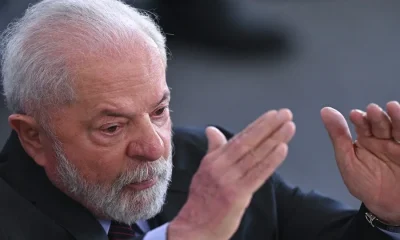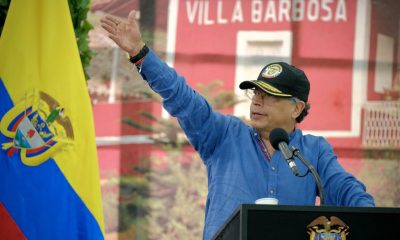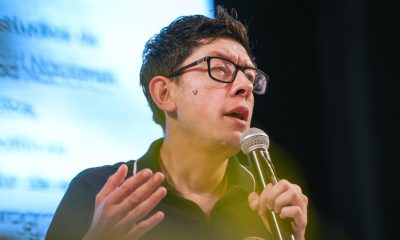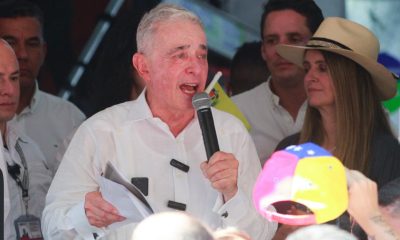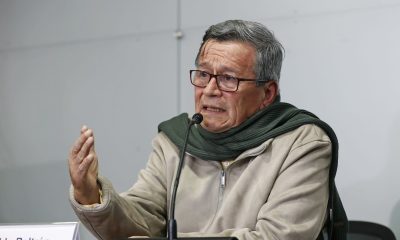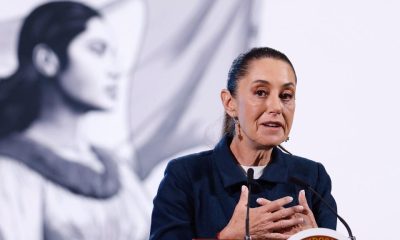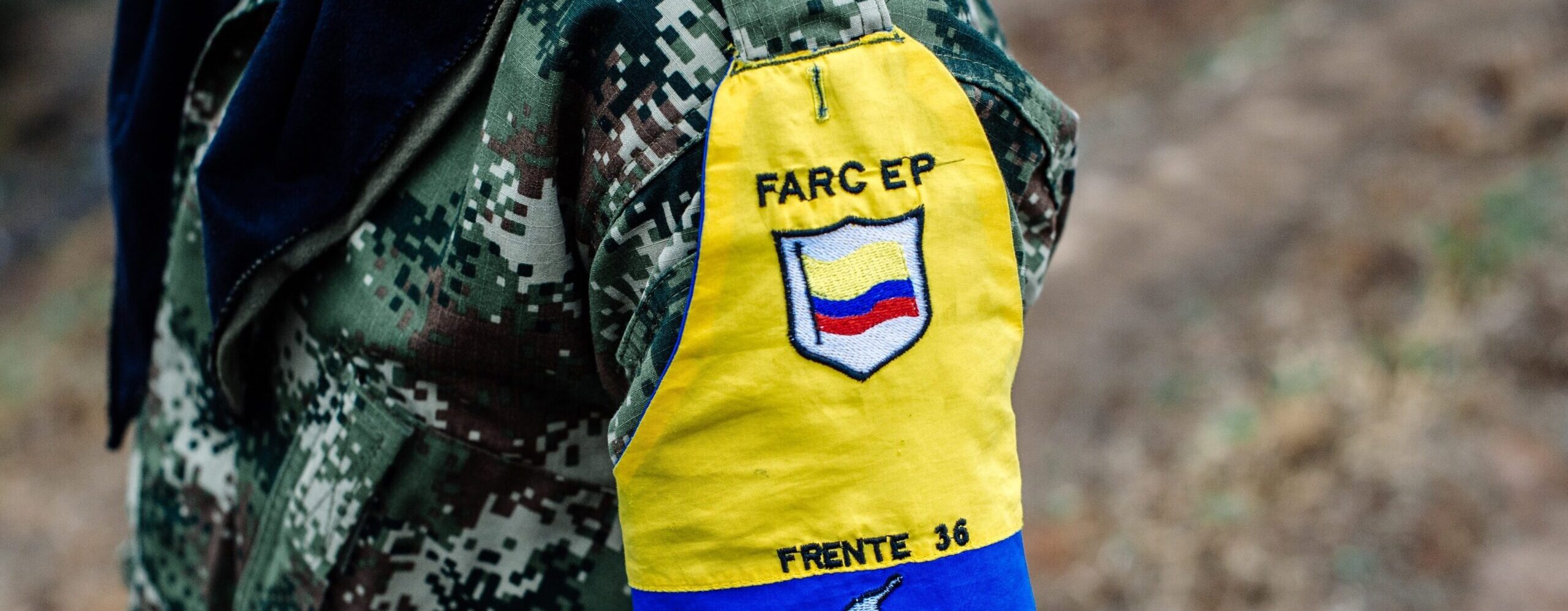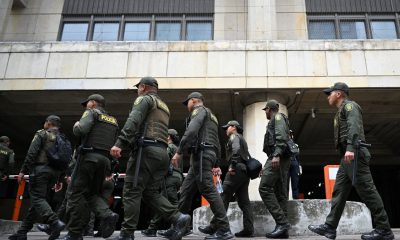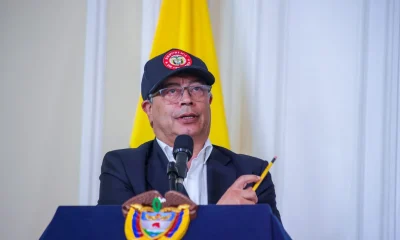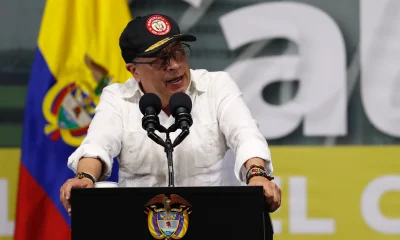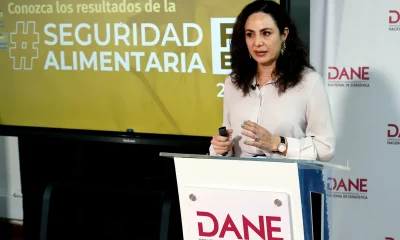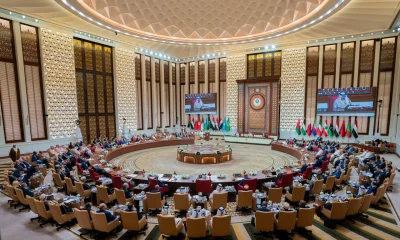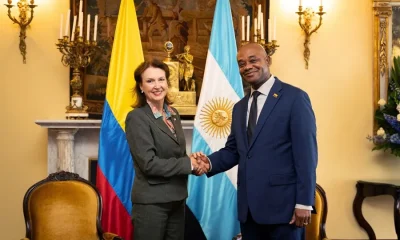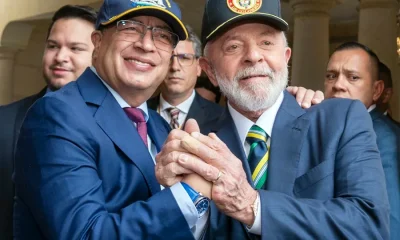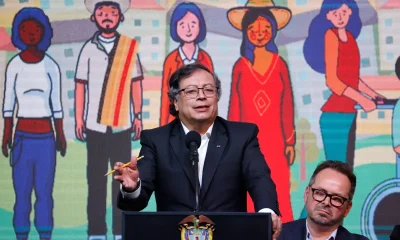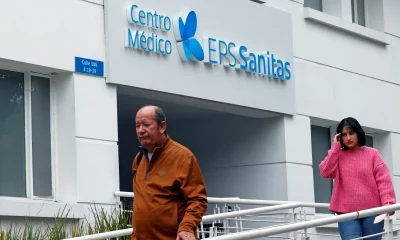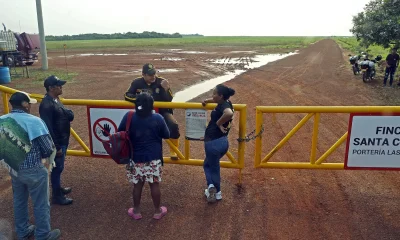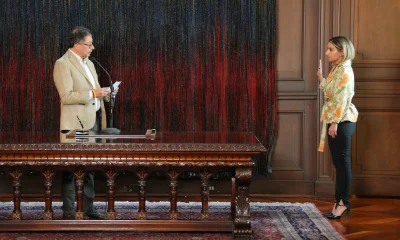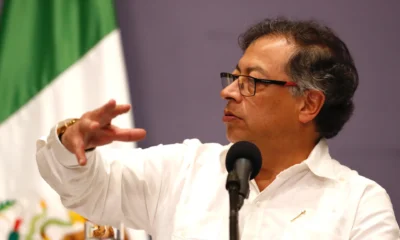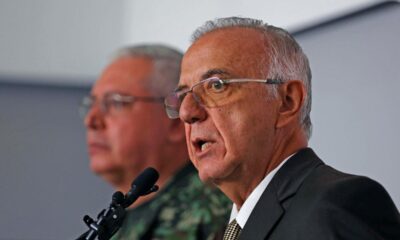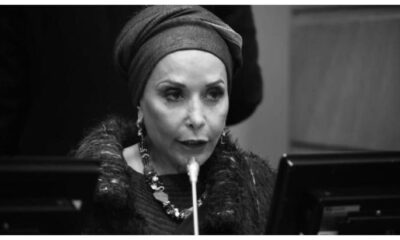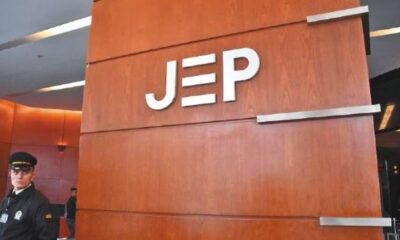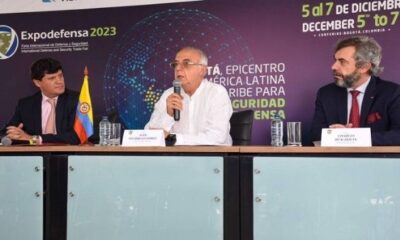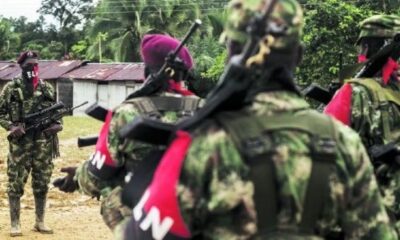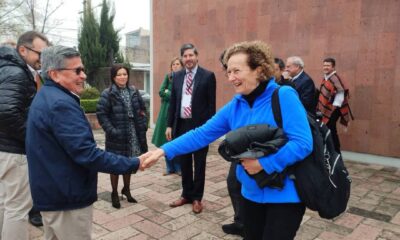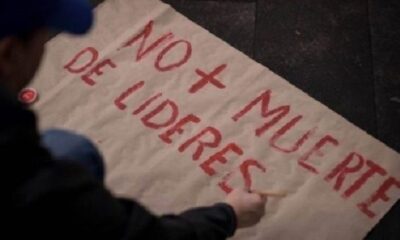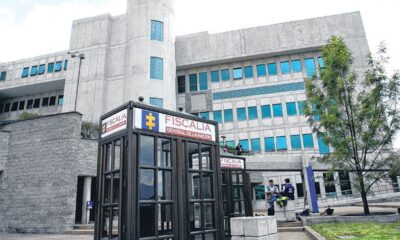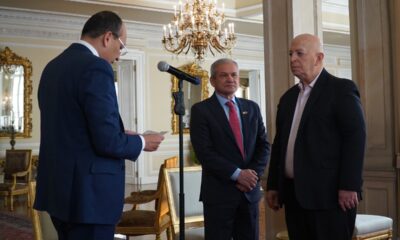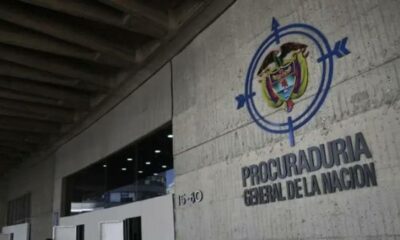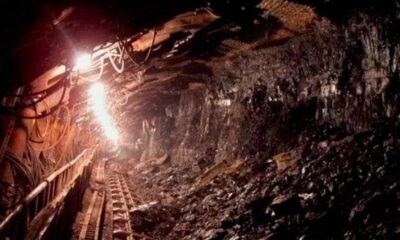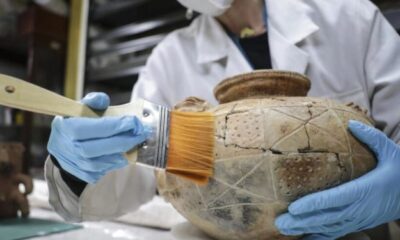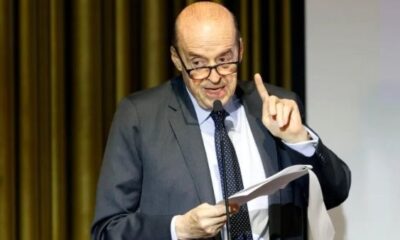International
Colombia and FARC dissidents agree on ceasefire protocol
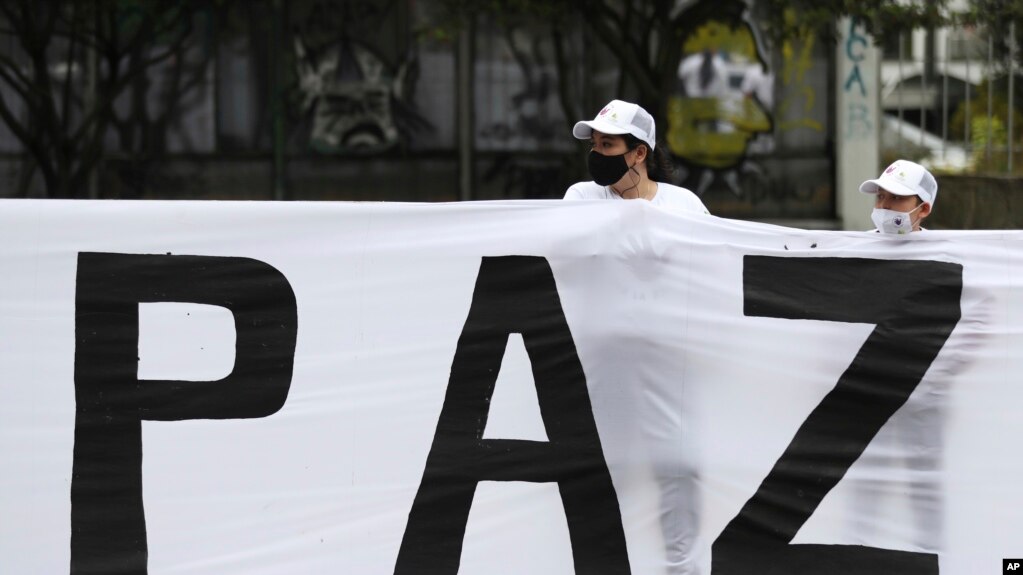
February 9th |
The Colombian government announced on Wednesday that it had achieved a protocol that will make it possible to verify the ceasefire agreed with a faction of the dissidents of the extinct Revolutionary Armed Forces of Colombia (FARC-EP), which did not adhere to the peace agreement signed by the guerrillas and the state in 2016.
The protocol was an essential missing element in the bilateral ceasefire with the self-styled FARC-EP Central General Staff dissidents, which went into effect from January 1 until June 30, 2023, according to the Colombian government.
The government also agreed to a bilateral ceasefire with the Segunda Marquetalia – another faction of FARC dissidents -, the Autodefensas de la Sierra Nevada and the Clan del Golfo cartel, however, the protocols that will apply to these armed groups have not been disclosed.
In a communiqué, the government detailed that the protocol with the FARC-EP Central General Staff “prohibits the transit or permanence” of the illegal armed group in the head towns of the municipalities, rural areas and primary roads to avoid “any affectation to the life and physical integrity of the civilian population”.
In the urban areas of several municipalities of the country, the presence of groups of armed men dressed in camouflaged suits has been registered in the last year, walking through the streets intimidating the population and without being immediately stopped by the public forces. The last of these happened a week ago in Yarumal, in the northwest of the country, where armed men entered a school and interacted with the children.
The ceasefire verification and monitoring mechanism will include delegates from the Ministry of Defense, the Office of the High Commissioner for Peace and an international component, which was not detailed by the government. It will also be accompanied by members of civil society, the Catholic Church and other religious communities.
This mechanism, the government explained, will issue technical concepts and elaborate recommendations to prevent and address possible incidents or non-compliance.
“The Public Force will continue to exercise its national security and defense obligations,” the official communiqué stressed.
The bilateral ceasefires are part of a strategy of President Gustavo Petro – the first leftist in the country and a guerrilla militant in his youth – to achieve “total peace”, which in practice consists of rapprochements and peace talks with multiple armed groups operating in the country and maintaining confrontations.
The state Ombudsman’s Office documented in a recent report that between January 1 and 20 several illegal groups carried out armed actions in the framework of the ceasefire, including harassment against police stations and the kidnapping of several soldiers, who were later released.
Petro said on Wednesday from Yarumal, at the end of a security council, that ceasefires in Colombia could not consist only in the suspension of hostilities between two armies, given that although statistics have shown in recent weeks a decrease in the number of wounded and dead, other crimes such as extortion, drug trafficking and smuggling may be on the rise.
For the president, the ceasefire must include an end to hostility against the civilian population so that there are no massacres, murders of human rights defenders, displacements, confinements or anti-personnel mines.
International
Rubio rules out 2028 presidential bid if Vance runs
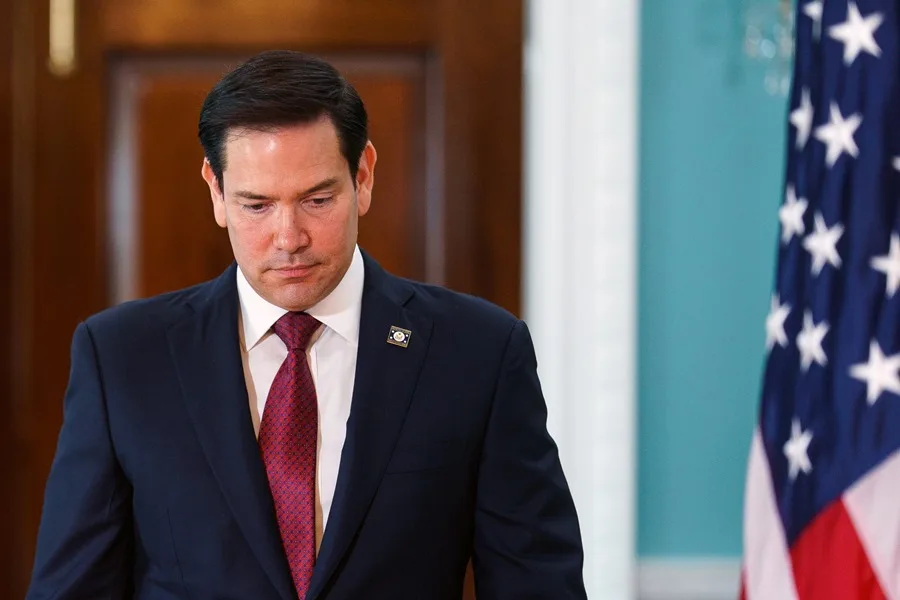
U.S. Secretary of State Marco Rubio said he would not seek the presidency in 2028 if current Vice President JD Vancedecides to run as the Republican nominee to succeed President Donald Trump.
“If JD Vance runs for president, he will be our candidate, and I will be one of the first people to support him,” Rubio said in an interview with Vanity Fair, in which he appeared alongside other senior members of the presidential cabinet.
Rubio, 54, and Vance, 41, are widely viewed as two of the leading Republican figures who could headline the party’s ticket in the 2028 election. Under the U.S. Constitution, Trump is barred from seeking another term after completing two presidential mandates.
In a lighthearted moment during the interview, Vance jokingly offered photographers $1,000 if they managed to make him look better than Rubio in the photos. Both leaders have received public backing from Trump, who last October floated the idea of a joint ticket featuring Rubio and Vance, without clarifying who would lead it.
“I think that if they ever teamed up, they would be unstoppable. I don’t think anyone would run against us,” Trump said at the time.
White House Chief of Staff Susie Wiles, who also took part in the interview, confirmed that Trump does not intend to violate the 22nd Amendment, which prohibits a third presidential term, though she acknowledged that the president is “having fun” with speculation about a possible return to office.
Rubio, the son of Cuban immigrants, served as a Republican senator from 2010 to 2025. He sought the party’s presidential nomination in 2016 but was defeated by Trump after a bruising primary contest. His name was floated as a potential vice presidential pick in 2024, but Vance ultimately secured the spot. After taking office, Trump appointed Rubio as secretary of state, making him the first Latino to hold the position.
International
Authorities search for armed and dangerous suspect in fatal Brown University attack
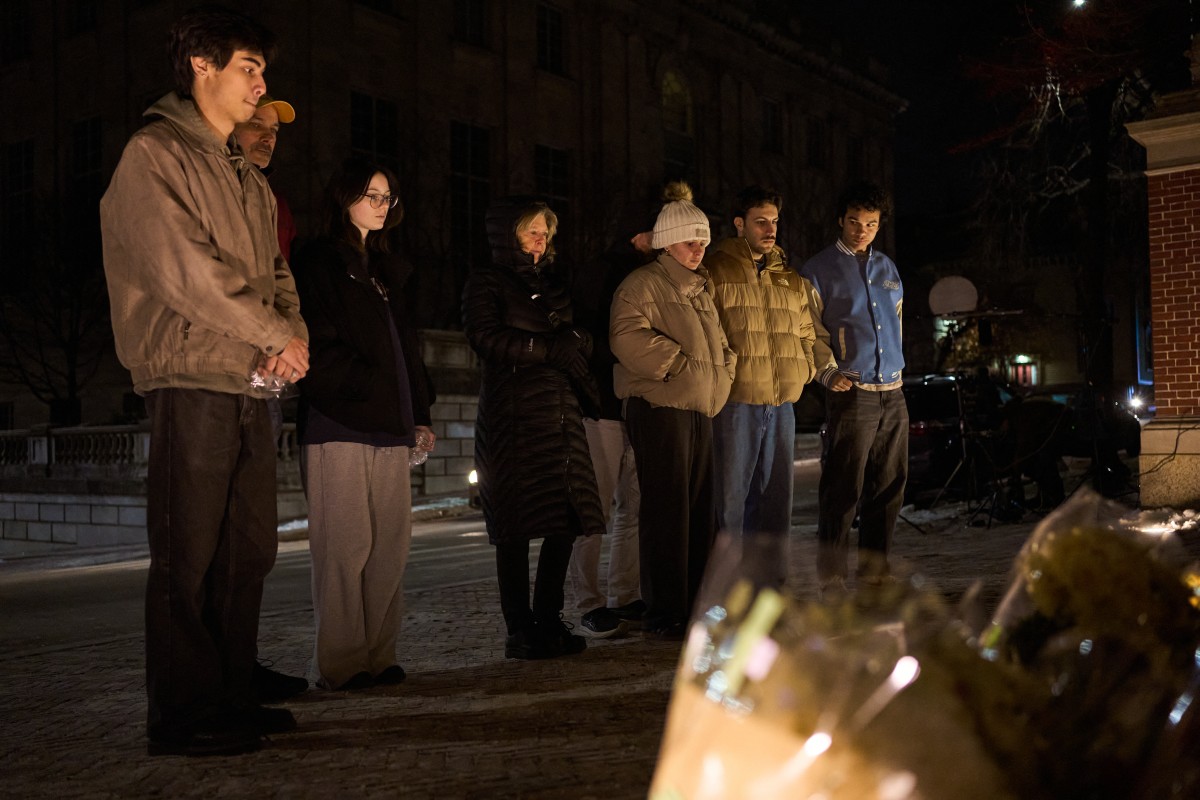
According to the statement, investigators are “seeking the public’s help to identify and speak with an individual” who was seen “near” the suspect at the time of the attack.
The Providence Police Department in Rhode Island released three photos of the person of interest, whose face has been blurred. In the images, the individual is wearing navy blue clothing, what appears to be a green hood, and carrying a light-colored backpack.
Earlier, authorities had released several photos and videos of a suspect described as “approximately 5 feet 8 inches tall, with a stocky build,” dressed in dark clothing, with their face covered by a surgical mask and wearing a beanie. The suspect’s identity remains unknown.
Authorities are offering a $50,000 reward for any information leading to the identification, arrest, and conviction of the person responsible for the killings, who is considered armed and dangerous.
The gunman opened fire on Saturday at Brown University’s engineering and physics building, where exams were being held, killing students Ella Cook and Mukhammad Aziz Umurzokov. The names of the nine people injured have not been released.
International
Police investigate deaths of Rob Reiner and wife as apparent homicide

The Los Angeles Police Department (LAPD) is investigating the deaths of Hollywood actor and filmmaker Rob Reinerand his wife as an “apparent homicide,” amid a wave of tributes to the director of classics such as When Harry Met Sally.
According to U.S. media reports on Sunday, Rob Reiner and Michele Singer Reiner were found dead at their Los Angeles mansion with what appeared to be stab wounds.
Several political figures shared messages of condolence following the reported deaths of the director of A Few Good Menand his wife.
While the LAPD did not officially confirm the identities of the victims, it stated that homicide detectives were dispatched to the Reiner residence.
“At this time, no additional details are available and the investigation into an apparent homicide is ongoing,” the Los Angeles Police Department said in a statement posted on social media.
LAPD Deputy Chief Alan Hamilton told reporters that no arrests have been made and that no individuals are currently being questioned as suspects.
“I’m not going to confirm whether anyone is being questioned at this moment or not. We are going to try to speak with as many family members as we can,” Hamilton said.
CNN reported that a family spokesperson confirmed the deaths of Reiner and his wife.
California Governor Gavin Newsom, former U.S. President Barack Obama, and former Vice President Kamala Harrisissued statements expressing their condolences.
-

 Central America3 days ago
Central America3 days agoPanama seizes over three tons of drugs hidden in Caribbean port container
-

 International3 days ago
International3 days agoPolice investigate deaths of Rob Reiner and wife as apparent homicide
-

 International4 days ago
International4 days agoSeveral people shot in attack on Brown University campus
-

 Central America3 days ago
Central America3 days agoOAS urges swift recount in Honduras as election results remain uncertain
-
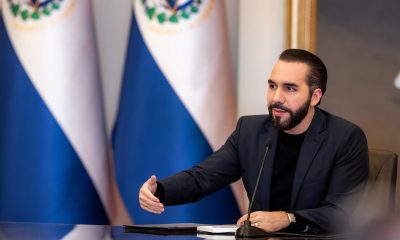
 Central America2 days ago
Central America2 days agoBukele says AI partnership with xAI will transform public education in El Salvador
-
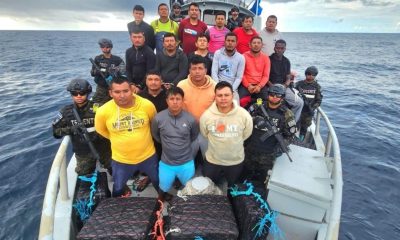
 Central America2 days ago
Central America2 days agoEl Salvador ranks among top countries in the Americas in fight against organized crime
-

 International4 days ago
International4 days agoU.S. and Mexico Reach Deal to Address Water Deficit Under 1944 Treaty
-
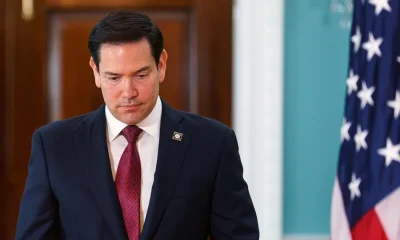
 International10 hours ago
International10 hours agoRubio rules out 2028 presidential bid if Vance runs
-

 Central America11 hours ago
Central America11 hours agoArrests and clashes in Tegucigalpa as vote count continues after Honduras election
-
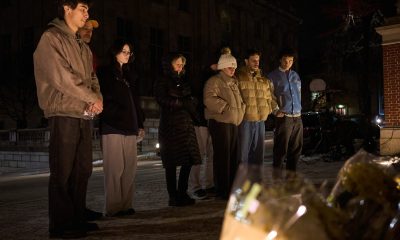
 International11 hours ago
International11 hours agoAuthorities search for armed and dangerous suspect in fatal Brown University attack



























